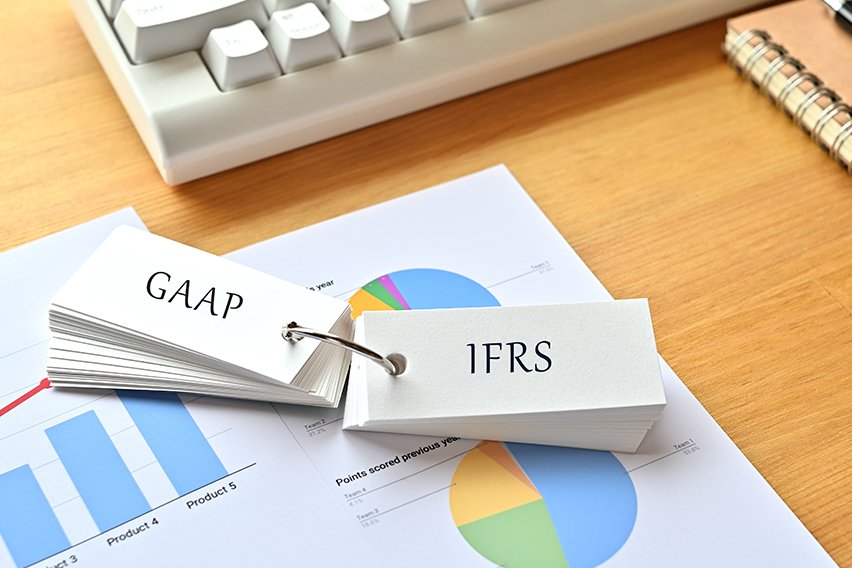Accounts Payable Turnover Ratio: Definition, Formula & Example

The accounts payable turnover ratio is a liquidity ratio. It’s used to show how quickly a company pays its suppliers during a given accounting period.
It’s a vital indicator of a company’s financial standing and can significantly impact a company’s ability to secure credit.
Here’s What We’ll Cover:
What Is Accounts Payable Turnover Ratio Used For?
How Do You Calculate Accounts Payable Turnover Ratio?
Analyzing Accounts Payable Turnover Ratios
How to Improve Your Accounts Payable Turnover Ratio
What Is Accounts Payable Turnover Ratio Used For?
Creditors use the accounts payable turnover ratio to determine the liquidity of a company. If the ratio is high, the company can frequently pay its suppliers. So, they should be able to make regular credit interest payments as well.
Suppliers also use the accounts payable turnover ratio. It provides justification for approving favorable credit terms or customer payment plans. Again, a high ratio is preferable as it demonstrates a company’s ability to pay on time.

How Do You Calculate Accounts Payable Turnover Ratio?
Here’s how to calculate accounts payable turnover ratios. First, divide total purchases by the average accounts payable. Find these numbers on the balance sheet. Then use the following payable turnover ratio formula:
Accounts payable turnover ratio = Total purchases / Average accounts payable
To calculate the average accounts payable, use the year’s beginning and ending accounts payable.
Accounts Payable Turnover Ratio in Days
Need to find the average number of days in a payable period? Simply divide 365 by the accounts payable turnover ratio.
Payable turnover in days = 365 / Accounts payable turnover ratio
Example Calculation
For example, let’s say Company A made $10 million in purchases. It began the year with an accounts payable balance of $1.6 million. It ended the year with an accounts payable balance of $2.2 million. In that case, the calculation would look like this:
Accounts payable turnover ratio = $10 million / (($1.6 million + $2.2 million) / 2)
So, the accounts payable turnover ratio would be: 5.26
This means that Company A paid its suppliers roughly five times in the fiscal year. To know whether this is a high or low ratio, compare it to other companies within the same industry.
To find the average number of days in each payable period, we can use the following formula:
Payable turnover in days = 365 / 5.26
So, the payable turnover in days would be 69.39.
This means that Company A takes roughly 69 days to pay its suppliers.
Analyzing Accounts Payable Turnover Ratios
A higher accounts payable turnover ratio is almost always better than a low ratio. It shows that a company pays its bills frequently. This improves relationships with suppliers and keeps creditors happy.
However, a low accounts payable turnover ratio does not always signify a company’s weak financial performance. Bargaining power also has a significant role to play in accounts payable turnover ratios. For example, larger companies can negotiate more favourable payment plans with longer terms or higher lines of credit. While this will result in a lower accounts payable turnover ratio, it is not necessarily evidence of shaky finances.
Furthermore, a high ratio can sometimes be interpreted as a poor financial management strategy. For instance, let’s say a company uses all its cash flow to pay bills instead of diverting a portion of funds toward growth or other opportunities. In that case, some investors may not see this as a viable long-term strategy.
A better way to use an accounts payable turnover ratio is to examine its change over time. This gives greater context to the ratio itself.
If the accounts payable turnover ratio increases over time, it indicates that a company is paying off its debts faster than before. This could be due to greater cash flows and better debt management strategies.
If the accounts payable turnover ratio decreases over time, it indicates that a company is taking longer to pay off its debts. Suppose the company in question has not renegotiated payment terms with its suppliers. Nor has it made significant investments in core business activities. In that case, a decreasing ratio could show cash flow problems or financial distress.
Difference Between AP Turnover and AR Turnover
Accounts payable and accounts receivable turnover ratios are similar calculations. Yet, they offer different insights into a company’s financial activities.
Accounts receivable turnover ratio shows how effective a company is at collecting money owed by clients. It proves whether a company can efficiently manage the lines of credit it extends to customers and how quickly it collects its debt. If a company has a low ratio, it may be struggling to collect money or be giving credit to the wrong clients.
To put it simply, accounts payable turnover ratio shows how quickly a company pays its suppliers. In contrast, accounts receivable turnover ratio shows how quickly a company gets paid by its clients.

How to Improve Your Accounts Payable Turnover Ratio
- Renegotiate your payment terms or increase your lines of credit with suppliers.
- Determine whether the cost of your goods or services can be increased to cover supplier payments at a faster rate.
- Analyze your accounts receivable turnover ratio. If it is low, then you may be struggling to collect customer payments. This, in turn, will have a negative impact on your ability to pay suppliers.
- Analyze your cash flow. If you reduce your outstanding payable periods to improve your turnover ratio, what impact will that have on your operations?
Key Takeaways
Accounts payable turnover ratio is a helpful accounting metric for gaining insight into a company’s finances. It demonstrates liquidity for paying its suppliers and can be used in any analysis of a company’s financial statements.
However, it should be noted that this metric cannot directly be compared across different industries or company sizes. The industry average ratio will vary. Many variables should be examined in conjunction with accounts payable turnover ratio. Only then can you develop a complete picture of a company’s financial standing.
Did you enjoy reading this guide? Head over to our resource hub for more great content!
RELATED ARTICLES

 A Guide to Break-Even Analysis & How to Calculate It
A Guide to Break-Even Analysis & How to Calculate It What Are the Different Types of Liabilities in Accounting?
What Are the Different Types of Liabilities in Accounting? GAAP Vs IFRS: What’s the Difference?
GAAP Vs IFRS: What’s the Difference? A Guide to Double Declining Balance Depreciation Method
A Guide to Double Declining Balance Depreciation Method What Is Corporate Accounting? Everything You Need to Know
What Is Corporate Accounting? Everything You Need to Know What Are Payroll Liabilities? Definition, Types & How to Track
What Are Payroll Liabilities? Definition, Types & How to Track